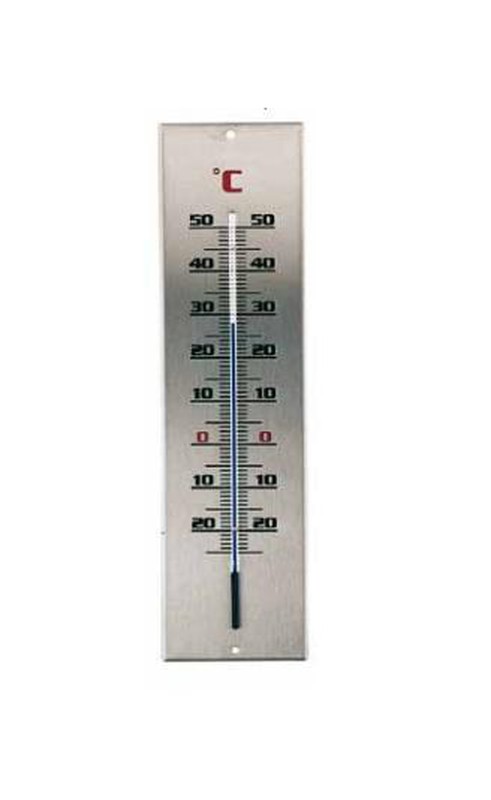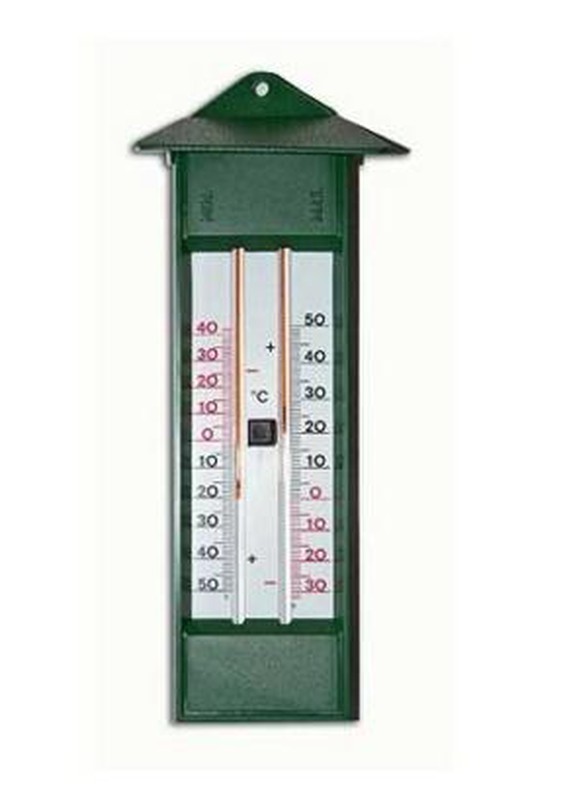The end of mercury in instrumentation
Since 2018, the global regulations on the end of the use and trade of mercury apply, a very widespread but highly polluting product

Meteorology is one of the sciences where mercury has been used the most. Mercury is a heavy metal, very dense, liquid at room temperature and highly sensitive to environmental variations in temperature and pressure. Thus, it has been a key element for the manufacture of thermometers and barometers.
The most frequent use of mercury has been in thermometers , where mercury is located in a lower bulb, connected to a graduated capillary. Due to the properties of mercury, it can rise and fall by capillary action along the column. Mercury is more sensitive to high temperatures (above 0ºC), which is why it has been used in official maximum thermometers.
Mercury barometers , on the other hand, are more ancient instruments. The Italian physicist and mathematician Evangelista Torricelli, invented the mercury barometer in the year 1643. This instrument is based on a container filled with mercury where in the middle of it if you place an inverted bell, tube or capillary. Mercury rises through this capillary, varying its height depending on changes in atmospheric pressure. This change in height is measured in mmHg.
Mercury is a very toxic element for all animals and the environment. Being a heavy metal it is a material that does not degrade and has a residence time in the highest environment, either in its pure state or as part of different compounds. Furthermore, it is a metal that is absorbed and bioaccumulates, this means that a living organism is able to increase its body's store of mercury throughout its life.
Mercury accumulation, contact, exposure, or inhalation severely affects the central nervous system and kidneys. The most toxic forms of mercury are its organic compounds, such as dimethylmercury and methylmercury. Mercury can cause both acute and chronic poisoning, including mercury poisoning.
Mercury toxicity is also transmitted to the fetus, also affecting the nervous and renal systems.
Currently, the commercialization and use of mercury is prohibited worldwide, in the case of Europe the definitive regulations came into force in early 2018 / late 2017 according to law 2017/852.
https://www.miteco.gob.es/es/calidad-y-evaluacion-ambiental/temas/productos-quimicos/mercurio/normativa_mercurio.aspx
What does this suppose? Right away, the recall of products and instruments containing mercury, many of which have been in force until a very few years ago. This includes mercury barometers and official maximum thermometers, which we no longer have available in Raig.
The next phase will be the substitution of these instruments by other approved but with other non-harmful components. In the case of official thermometers, work is underway to replace digital datalogger devices that can be located in a sentry box and store environmental temperature records.
In the case of barometers, this replacement is already fully advanced and in force, with aneroid and barographic barometers.







Opinions of our clients
Receive our news